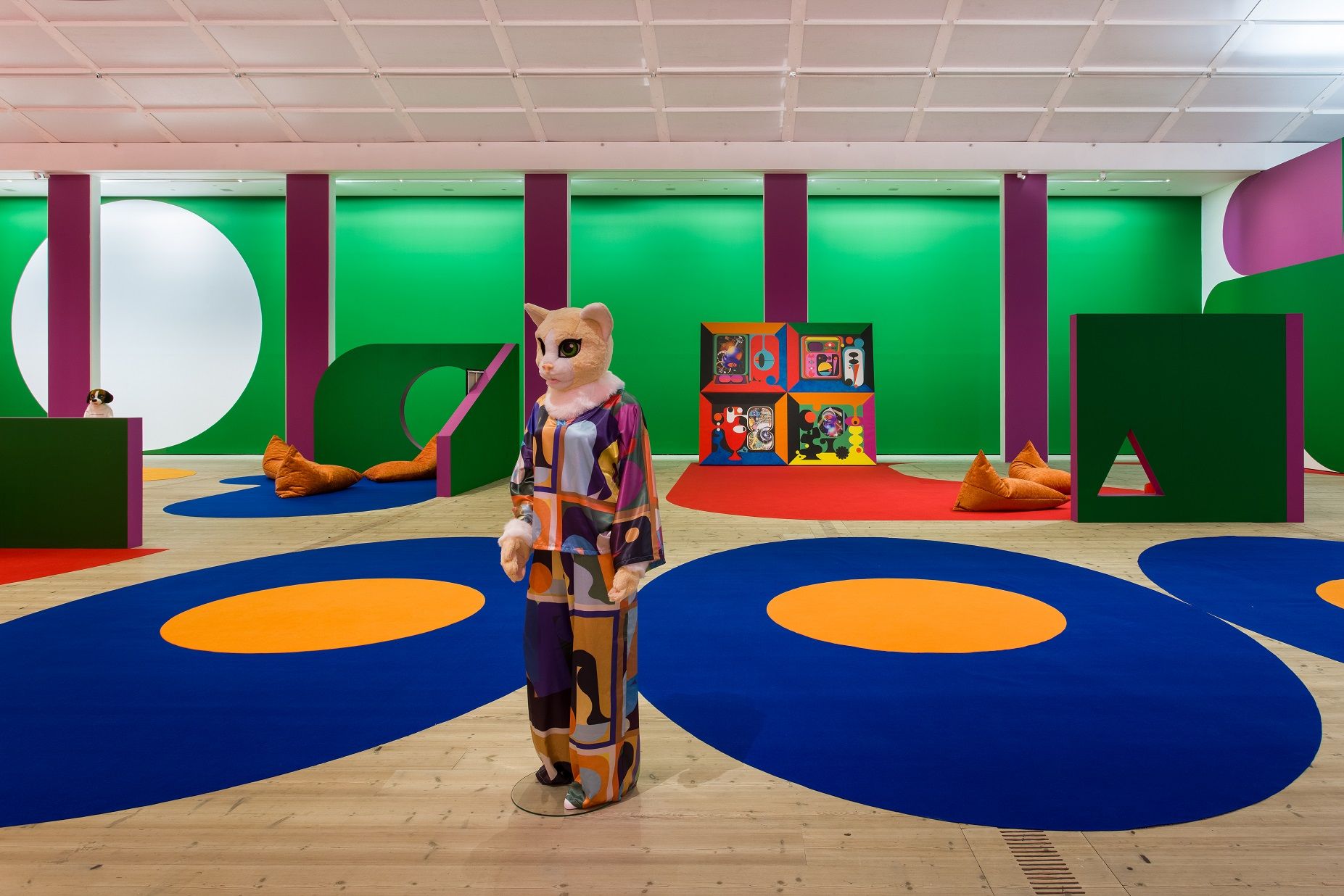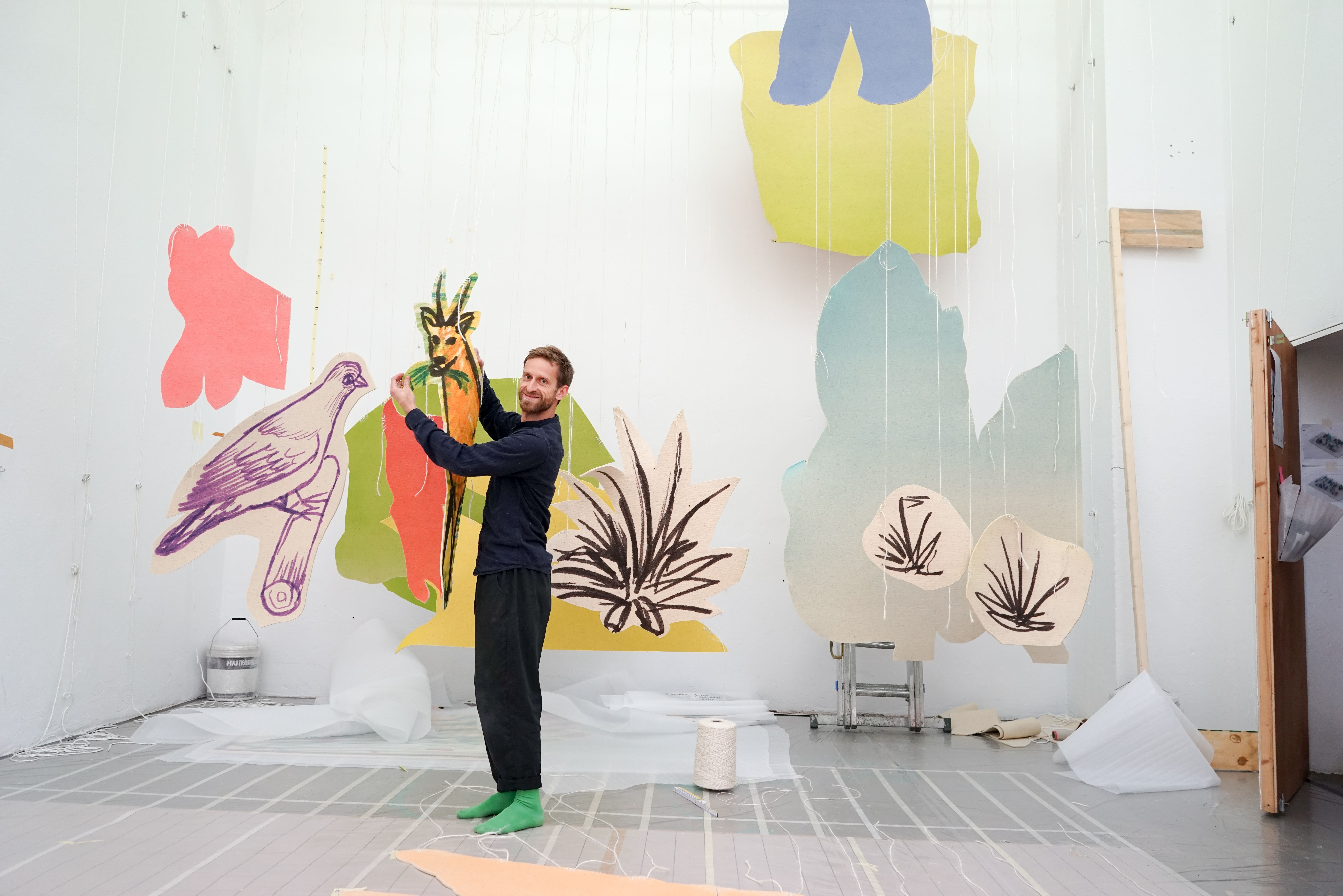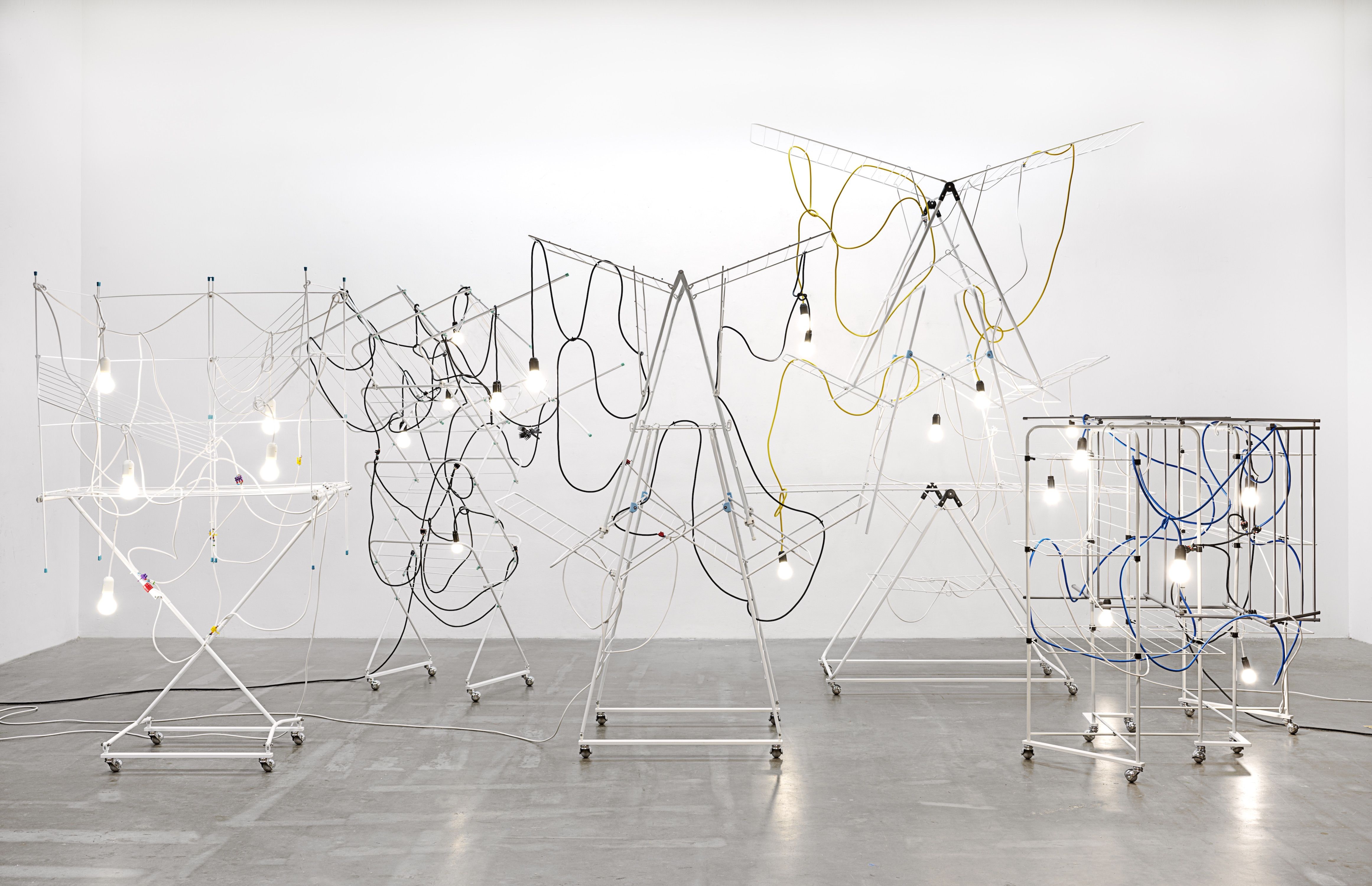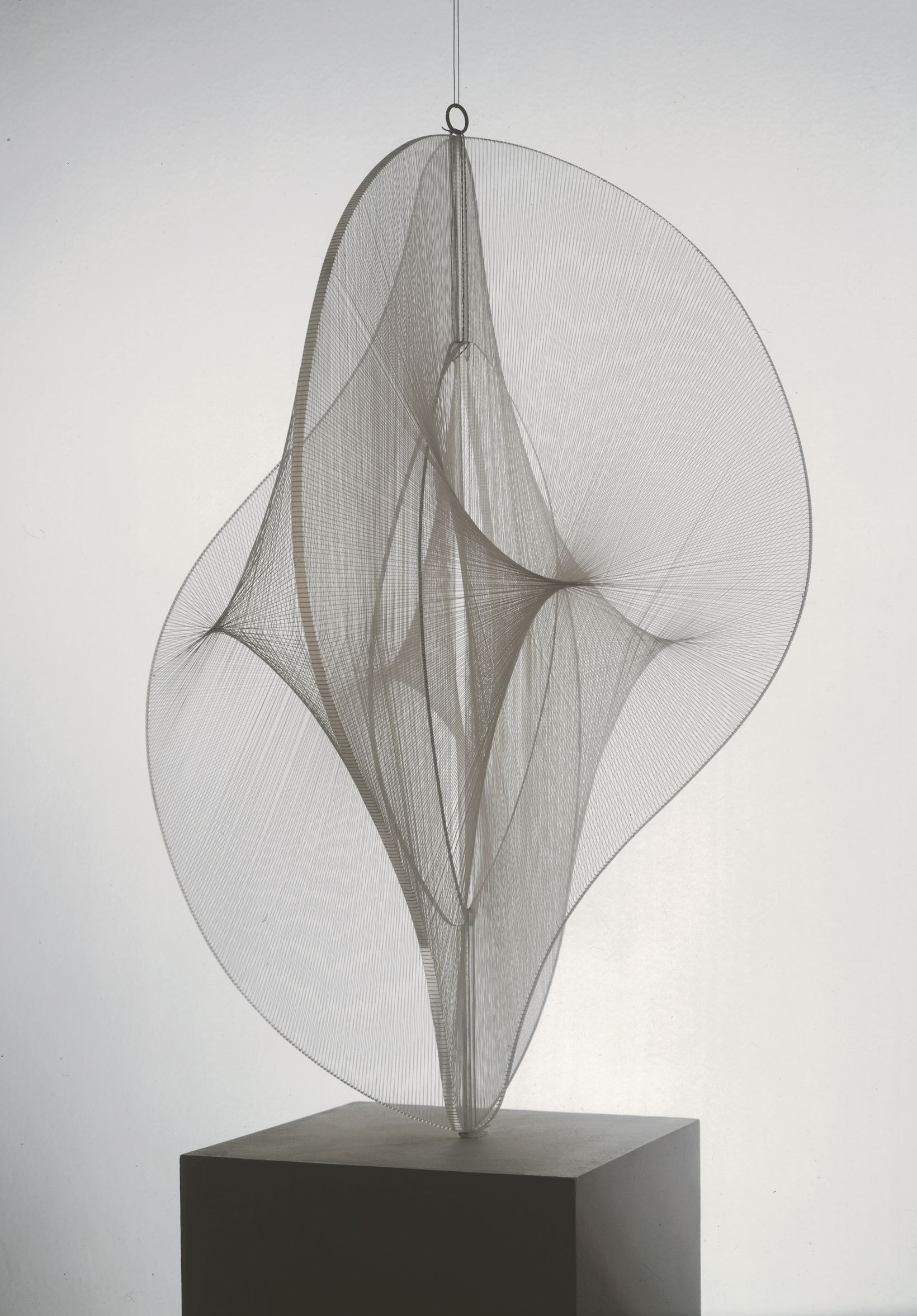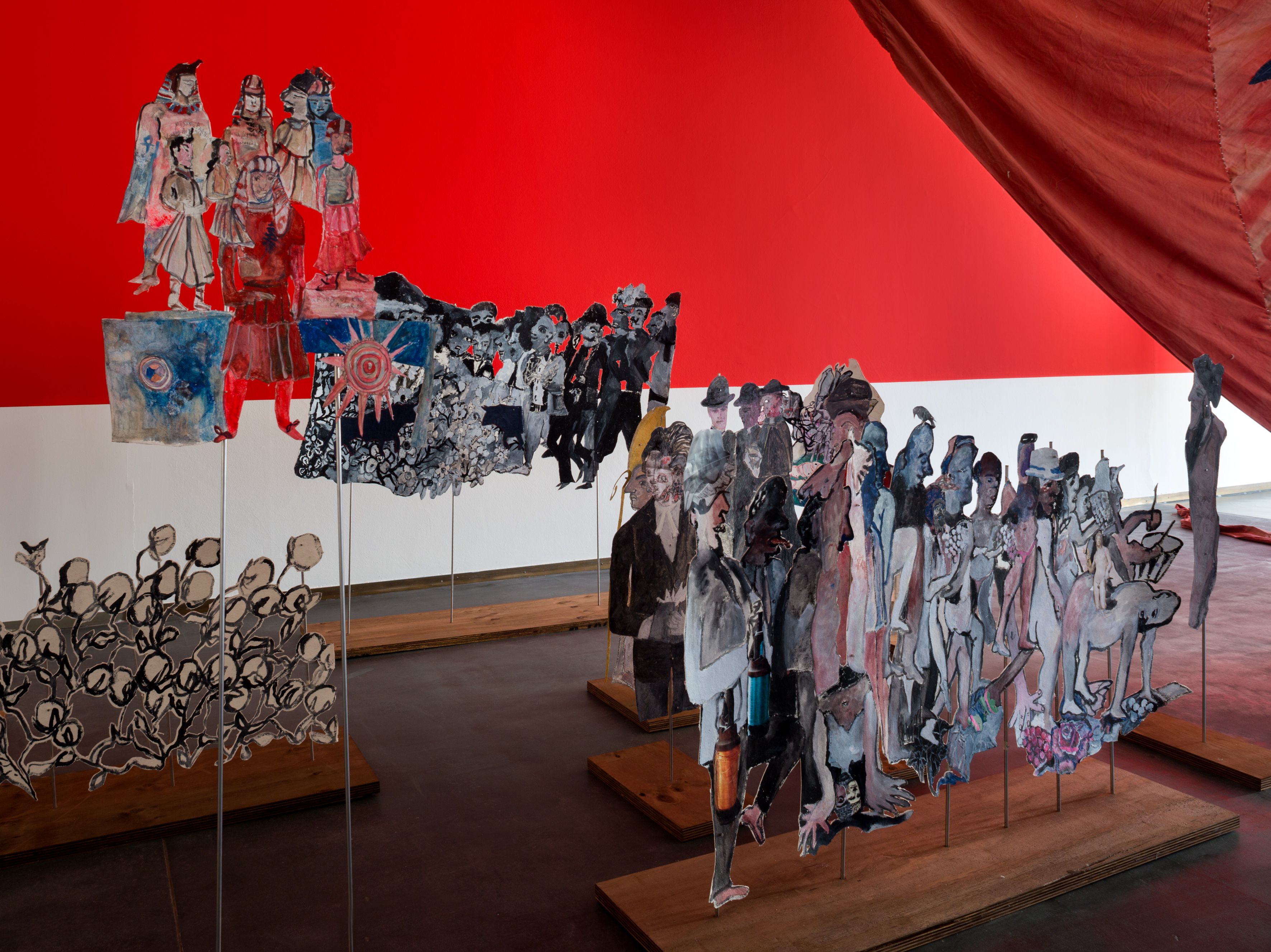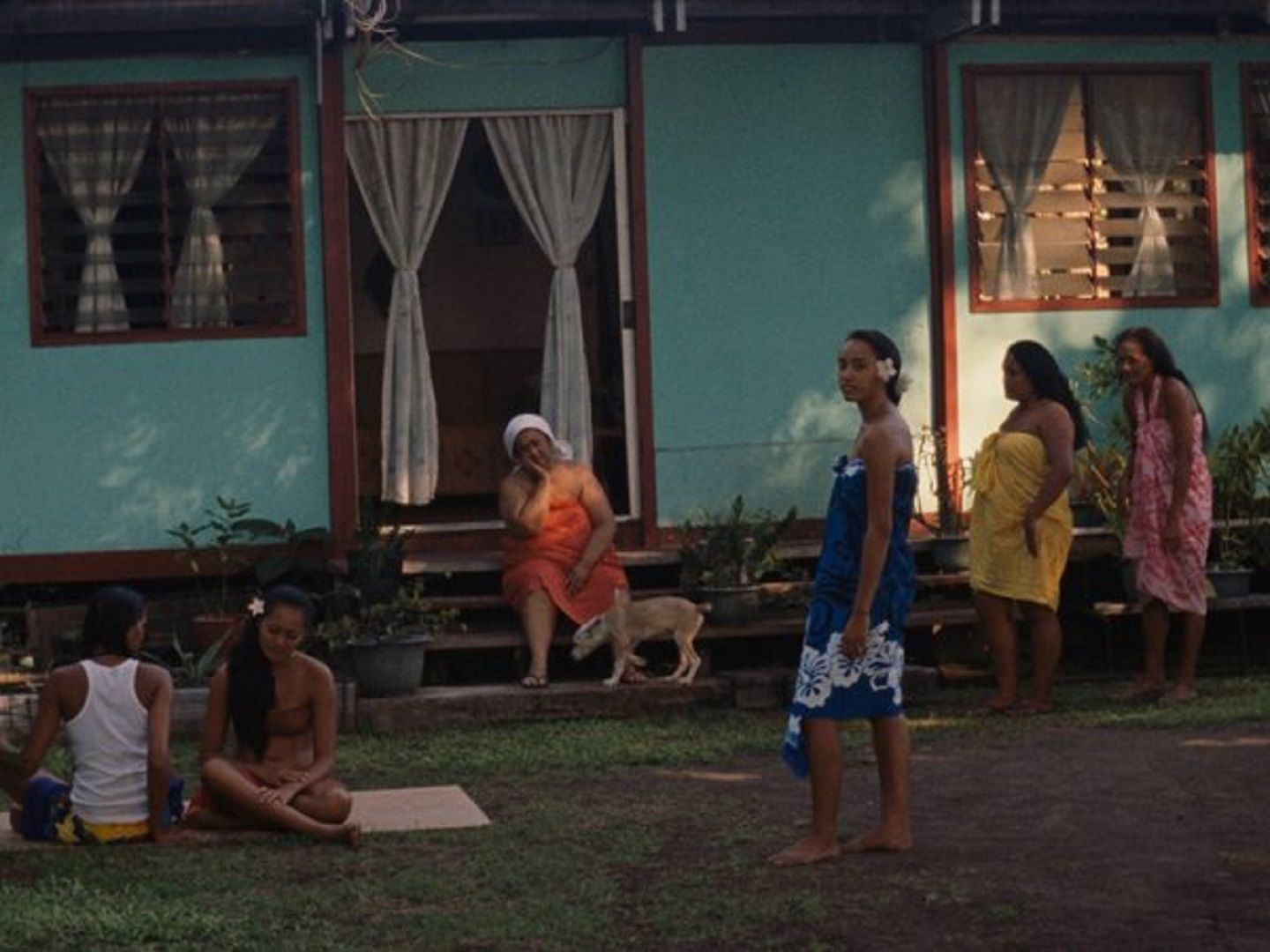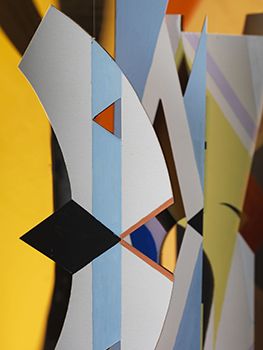Simon Starling
Recent History
5 February – 2 May 2011
Porthmeor Beach
St Ives
Cornwall TR26 1TG
01736 796226
visiting.stives@tate.org.uk
Starling will recreate an exact, full size replica of a gallery space from the Pier Art Centre, Stromness—where he recently showed—in the spectacular curved sea facing galleries at Tate St Ives. Collapsing together two geographically disparate spaces—one at the northern most extreme of the British Isles and the other at the far South West—the work will appear as a kind of ‘ship in a bottle’, incongruously reconnecting two remote sites which share a strong cultural history and interest in post-war British art, and in particular the St Ives Modernists.
Employing video, film, slide projections, photography and sculpture, Starling’s work reveals rich, unexpected and complex histories, brought to light through his forensic—if sometimes elliptical—unravelling of an image, object or event. The exhibition’s selection of works, in the very particular context of rural Cornwall, emphasises Starling’s long-running interest in the relationship and interplay between culture and nature, and his ongoing examination, excavation and transformation of the material world.
The exhibition will include The Long Ton, a sculpture featuring two rough-cut white lumps of marble suspended in space and Red Rivers, a video work which brings together the stories of two journeys made a century apart. One Ton II deals very directly with the material world. Making explicit the huge amounts of energy used to produce tiny quantities of platinum, one ton of ore, mined from the South African open cast mine pictured in the images, was needed to produce the five handmade platinum prints that comprise the work. In this way a simple but intrinsic relationship is established between the processes and economics of mining and refining platinum, the images of the site itself, and the chemical photographic process used in the production of the work.
Continuing this interest in mining, excavation and geology, Starling will produce a new work, drawing on recent research into the Cornish China clay mines, emphasising the contemporary use of China clay in the paper industry as a glossy coating for fine papers.
Simon Starling: Recent History has been organised by CAC Málaga in association with Tate St Ives; a full colour publication accompanies the exhibition. The exhibition has been supported by The Henry Moore Foundation, Tate Members, Tate St Ives Members and The Simon Starling Exhibition Supporters Group.
Alongside the Simon Starling exhibition, Tate St Ives will present a special display about the Design Research Unit (DRU). In the first public exhibition to focus on the work of this pioneering group, it tracks the history of one of Britain’s earliest and longest running design consultancies who forged links between art, design and industry. Its legacy encompasses key artist commissions for the Festival of Britain in 1951, in addition to producing some of the most iconic corporate design to become associated with British cultural identity—from the British Rail, London Transport, ICI and Watney Breweries logos, to the distinctive Westminster Council white, black and red street name plates.
Opening hours: March–October daily 10.00–17.20, last admission 17.00.
November–February, Tuesday–Sunday 10.00–16.20, last admission 16.00.
*Image above:
Courtesy the artist and neugerriemschneider, Berlin
Photo: José Luis Gutiérrez.

